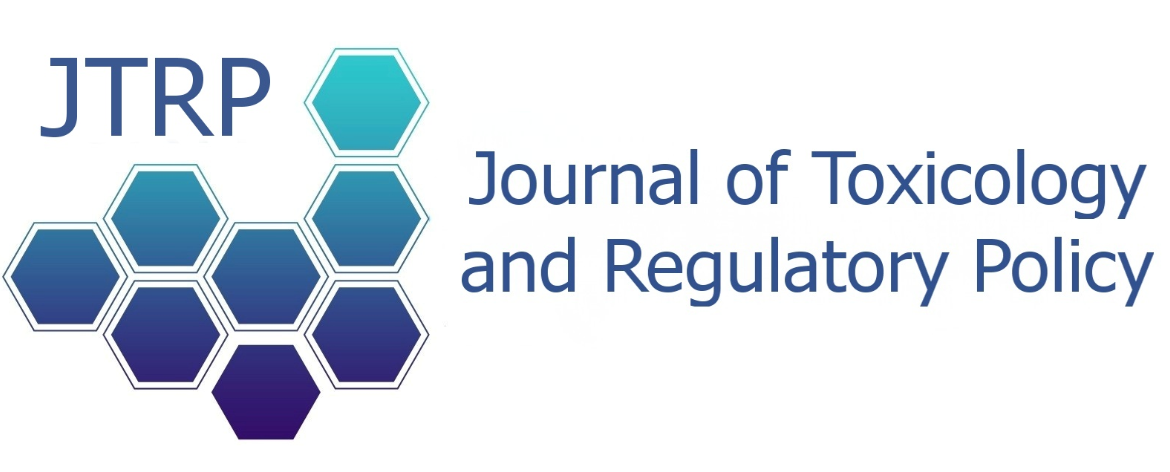Short History of the ISRTP
The journal first appeared in June 1981 with an opening editorial by Fred Coulston and Albert Kolbye, and articles from John Frawley, Jeff Carr, James Smeets of the EU, and the Nobelist Joshua Lederberg. The announced scope of the journal was to converge and facilitate exchanges and understanding among scientists, regulators, and he regulated industries.
The Society itself was formed on November 26, 1984. Sixty-four charter members formed the Society. The society was incorporated in Washington D.C. on January 4, 1985.
A statement of the intent and scope of the Society was formulated in a 1995 as follows:
1995 Manifesto of Intent
ISRTP is dedicated to promoting the social usefulness of health and safety (H&S) regulation worldwide. Toward this objective, ISRTP recognizes the following:
- must be transparent, fair, and open to public inspection. Dogmatic and authoritarian H&S regulation has no place in open and free societies. It should not be determined in a closed process accessible only to self-appointed experts.
- Individual lives are naturally precarious. No human action is absolutely safe. Hence, no H&S regulation can guarantee absolute safety. All H&S regulations require a trade-off between costs and benefits.
- Innovative risk taking in the face of unknown and unknowable potential risks and hazards is the hallmark of human enterprise, an intrinsic feature of human character, and the essential determinant of the success of the human race. H&S regulation should not mortify human enterprise.
- H&S concerns of individuals and societies are determined by known and objectively defined risks and hazards, as well as by fears of unknown or hypothetical dangers. While the former are moderated by acts of reasoned prudence, the latter raise concerns that cannot be resolved in a fully rational context. Still, irrational fears of the unknown are the unavoidable complement of the human psyche, and such that H&S regulation is forced to address.
- H&S regulation distinguishes risk assessment and risk management. The former provides the appraisal of the extent of risks and hazards, the latter establishes the actual modalities of regulation based on cost/benefit estimates and additional considerations of policy, ethics, and social values. For regulation to be factual and fair, risk assessment must be independent and scientifically objective to the extent possible. Equal objectivity must apply in the evaluation of costs and benefits of regulatory options.
- Risks and hazards in general are not uniformly distributed in a society. Therefore, risk management decisions will also account for ethical considerations that may be different in different locales. Issues of voluntary and involuntary risks perceived versus experienced risks, present versus future risks, and other considerations will be part of local value judgments in risk management.
- The scientific method is the exclusive warrantor of objectivity in the definition and assessment of H&S hazards and risks. Science comprises research hypotheses in search of validation as well as experimentally validated knowledge. Unlike experimentally validated knowledge, non-validated hypotheses cannot contribute to practical technology or to policy formulation. At the present time, science cannot provide all validated knowledge that is necessary or desirable in H&S regulation.
- For risks and hazards that can be objectively defined, the cost/benefit tradeoff options must include the direct costs and benefits of the regulation, as well as the totality of indirect cost/benefit consequences, and the opportunity costs and benefits of marginal economic ramifications.
- Comprehensive cost/benefit estimates are not feasible for risks and hazards that remain hypothetical or conjectural. However, for such hypothetical hazards it is possible to estimate the economic cost/benefit of progressive use restrictions, and such estimates ought to inform regulatory decisions.
- Global trends point to a common world market. Although regional H&S regulatory differences will persist, it is desirable that certain fundamental principles and a common language of regulation be accepted worldwide.
- Fairness, endurance, and international acceptance demand that H&S regulation be factually objective, politically neutral, and non-partisan. ISRTP seeks to be an important voice in the construction of H&S regulation. It promotes studies, research, meetings, and debates on general and specific issues, and provides expert advice in legislative and administrative proceedings. ISRTP proclaims an international interest in H&S regulation, conscious that international offerings provide useful terms of reference and a diversity of experiences and solutions. An international dialogue on H&S regulation will improve local decisions, reduce regional differences, lift barriers to free communication and trade, and will ultimately contribute to an incremental process of civilization.
